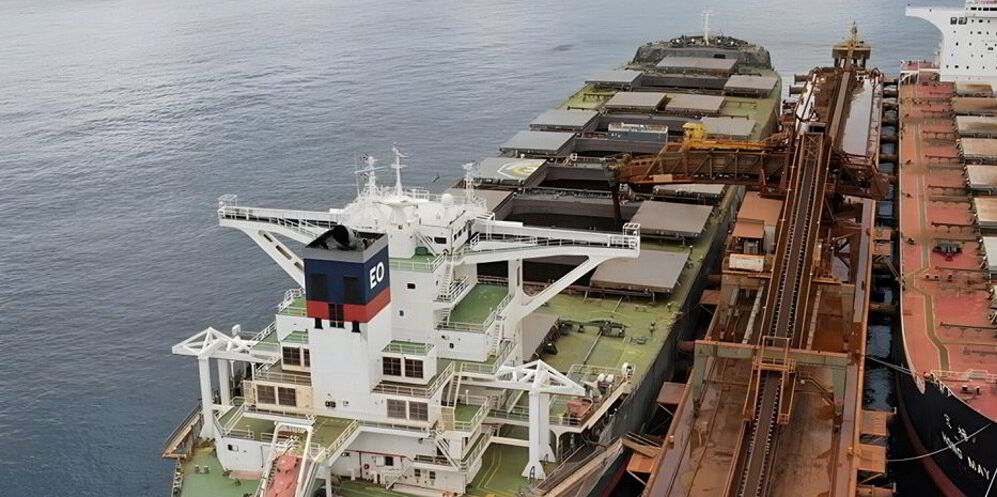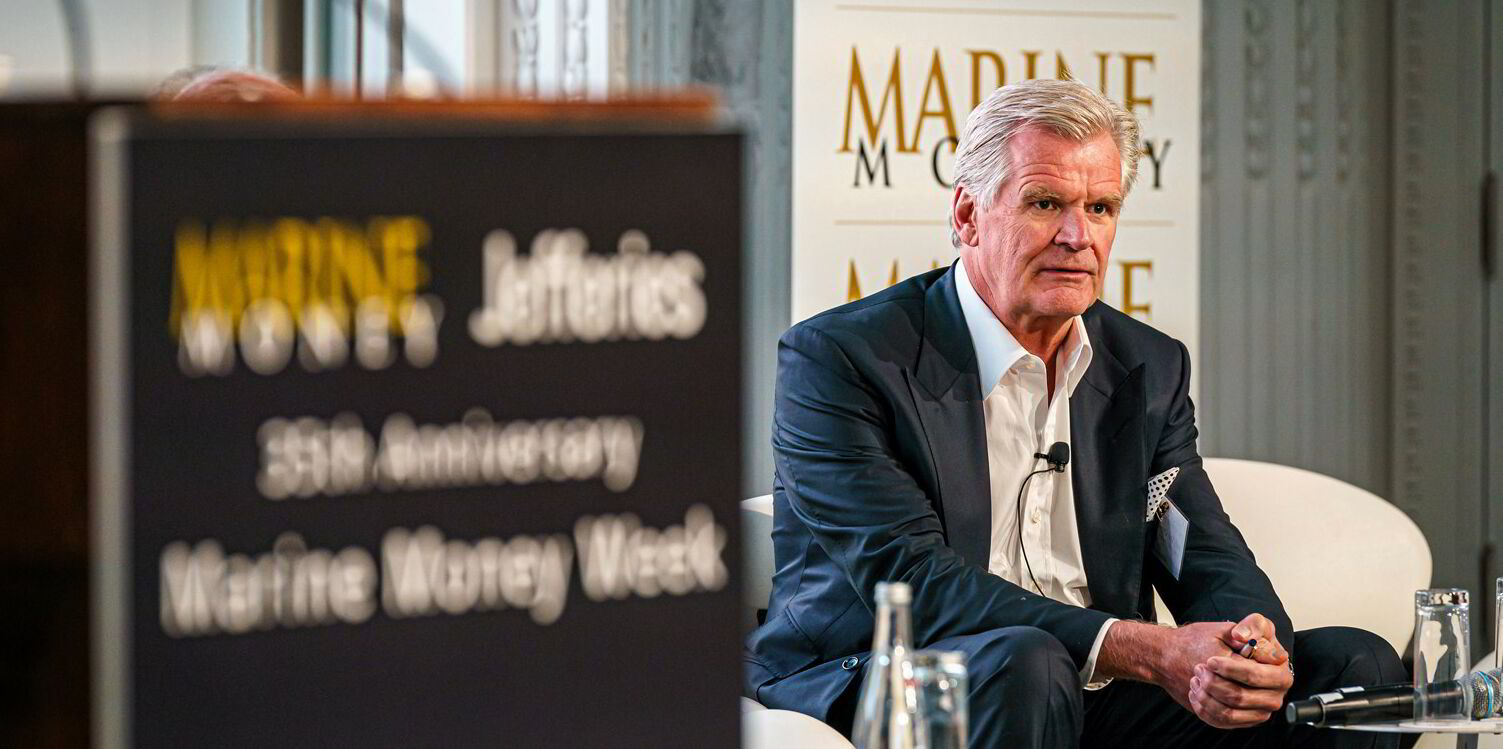Gradual gains in the spot market for capesize bulk carriers have helped lift average day rates by 7.5% over the past week.
The creeping rise in rates comes on the back of busier fixing activity by major mining firms in the Pacific.
All three big mining firms in Australia — Rio Tinto, BHP and Fortescue Metals Group — were active in the spot market last week.
Baltic Exchange panellists assessed the weighted average of capesize spot rates across five key routes as $473 higher on Monday at $21,510 per day.
This is up from $20,008 per day a week ago. Sentiment has followed the same gradual positive trajectory.
Spot rates for iron-ore voyages from Western Australia to China were assessed at $10.755 per tonne on Monday, up by more than 7% over the past seven days.
This outpaces the rise in rates for iron ore going from Brazil to China, which have risen by almost 2% over the past week and were assessed at $25.215 per tonne on Monday.
Rio Tinto has led the charge, booking six of the 14 capesizes reported fixed in the spot market over the past seven days.
Five of these Rio Tinto-chartered capesizes are for iron ore from Dampier in Western Australia, plus another from Seven Islands in Canada.
Australian miner BHP reportedly fixed Capital Ship Management’s 178,929-dwt Attikos (built 2012) on Friday for an iron ore voyage to China at $10.50 per tonne, loading at Port Hedland from 1 September.
Over in the Atlantic, Brazilian miner Vale made a lone deal in the spot market last Wednesday when it booked an unnamed capesize to take iron ore to Djen-Djen in Algeria at $14.05 per tonne, loading in the last week of August.
High Chinese steel exports and iron ore imports have been one of the dry cargo success stories in 2024 to date, but researchers have cautioned the bulker market against getting too optimistic.
Chinese iron ore imports hit a six-month high in July at 102.8m tonnes, up year on year by 6.7%, according to official trade data.
But Roar Adland, global head of research at shipbroker SSY, last week observed that China’s imports of the ore have shown “paltry” growth of 2.6% over the past three years, given the effects of the country’s property market slowdown, Covid-19 restrictions and negative business sentiment.
SSY thinks the looming oversupply of iron ore will likely pressure CFR (cost and freight) prices of the commodity in China in the future.
Researchers at Maersk Broker think that lower iron ore imports in China could potentially have a negative impact on capesize freight for the rest of the year.
“With weak domestic steel demand, high iron ore inventories and concerns about the future of steel exports, iron ore imports could face a correction in the near future after growing an impressive 5% [year to date],” the firm said in a report on Friday.






